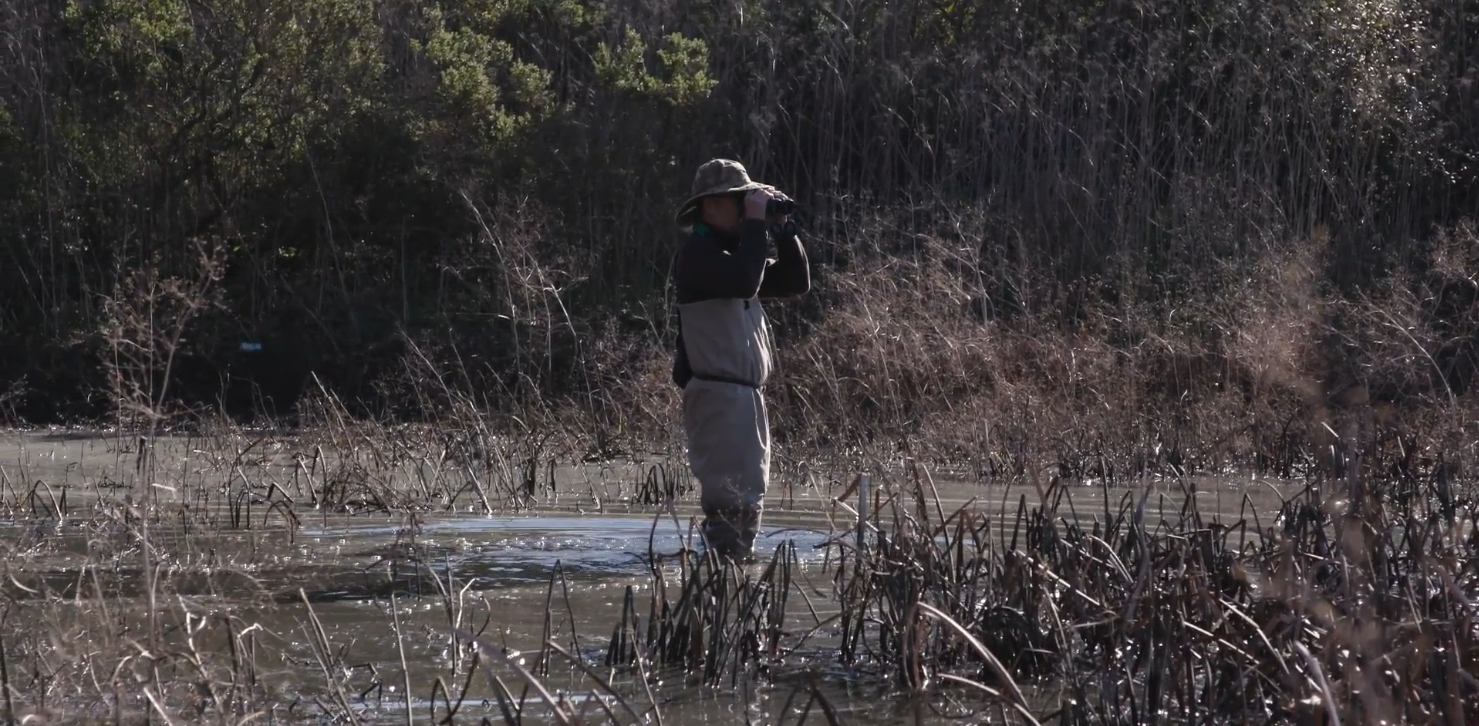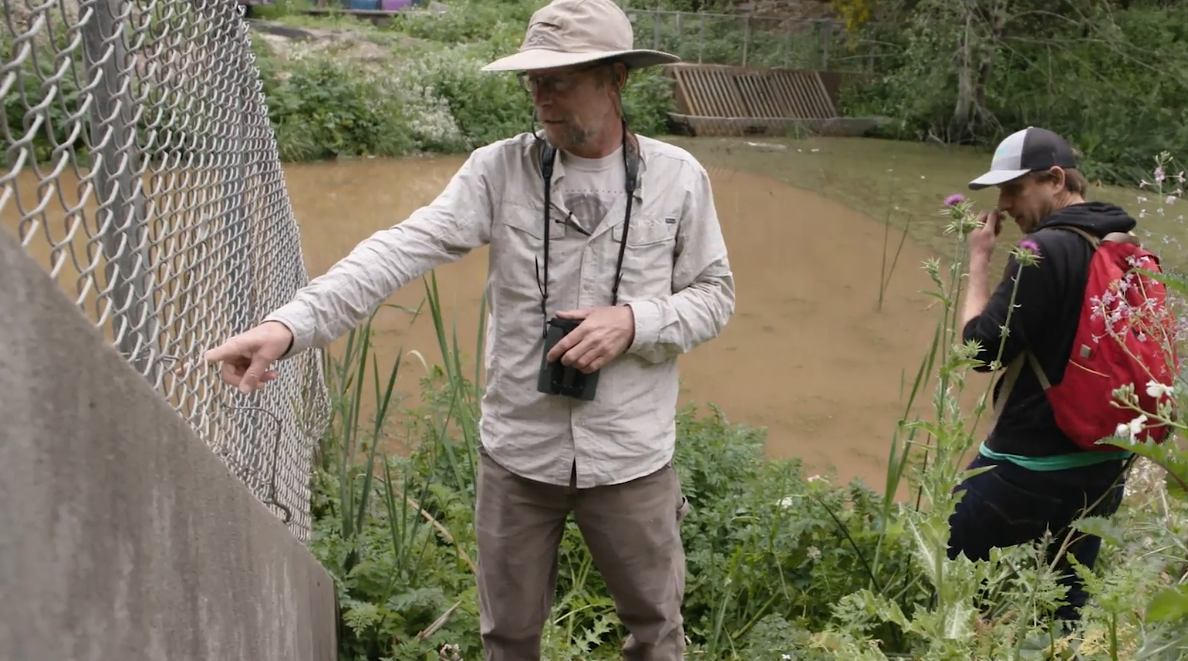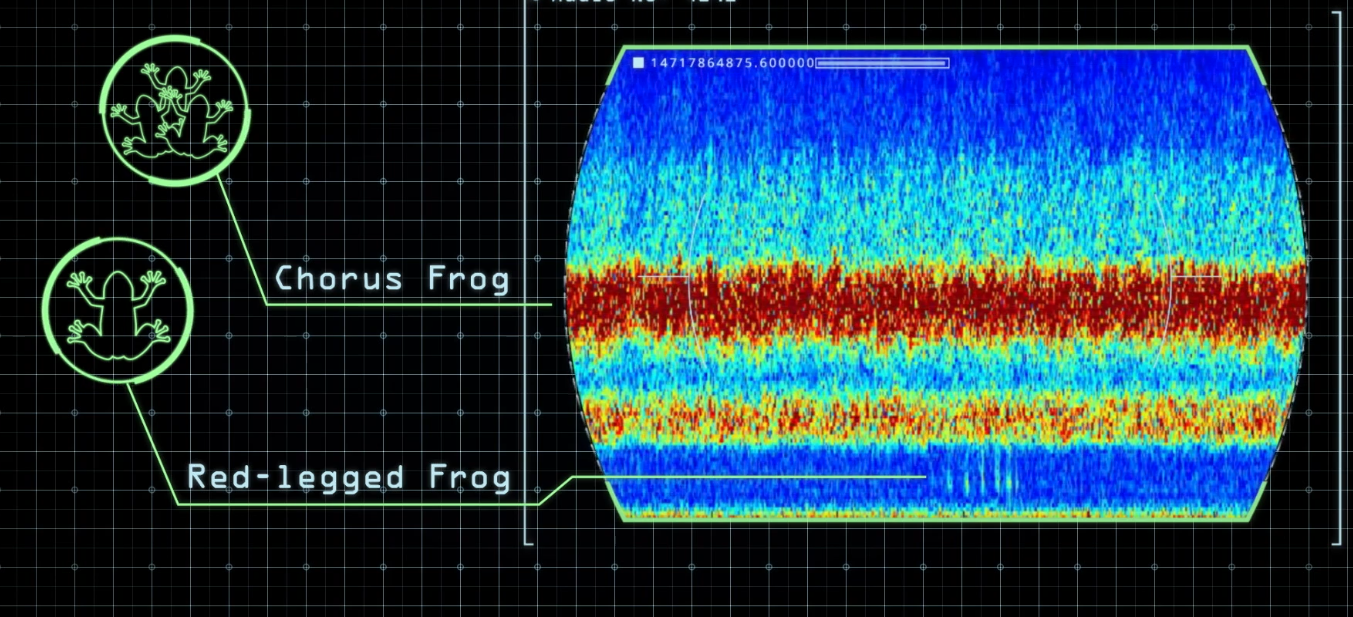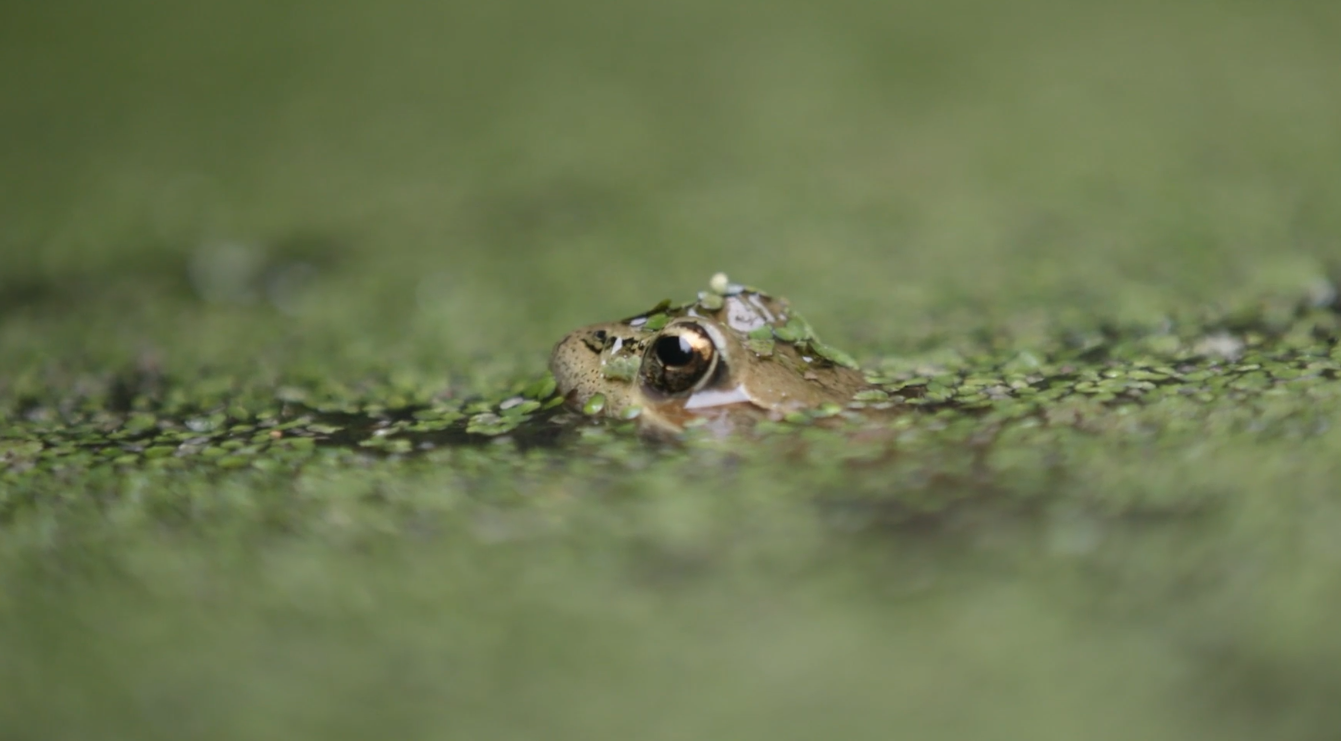
Nicholas Berger for Business Insider Weekly
- The vulnerable California red-legged frog faces pressure from farmers who need their breeding grounds to irrigate crops.
- One company, Conservation Metrics, is using machine learning technology to better identify the frogs’ habitats and flag them for protection.
- The same technology is being used to track at-risk wildlife around the world, and could provide a model for global conservation.
- View more episodes of Business Insider Weekly on Facebook.
A landfill isn’t exactly the most romantic location.
But behind the mounds of garbage in Santa Cruz, California, a stagnant pond has the ambiance that one amphibian needs to get in the mood.
At night, if you listen very carefully, you can hear the pulsing mating call of the California red-legged frog.
It’s a sound that’s increasingly rare as red-legged frog populations dwindle. The species faces pressure from predators and from farmers who need the water in these breeding grounds to irrigate their crops.
But now, scientists are using cutting-edge AI technology to track the threatened red-legged frog and identify their habitats better than ever before. And if all goes right, they’ll help balance California’s strict conservation laws with the needs of the region’s $1 billion dollar farming industry.

Nicholas Berger for Business Insider Weekly
The charge is being led by Conservation Metrics, a Santa Cruz company that uses machine learning to streamline the normally cumbersome process of tracking at-risk wildlife. The company has been placing sensors around the red-legged frogs' habitats, capturing thousands of recordings in hopes of hearing the frog's call.
"If you were going to just kind of like, manually scrolling through spectrograms, it's really hard to identify the calls," operations manager Jeff Schulter said. "So using a machine learning algorithm, we can process huge data sets in hours or days, opposed to weeks or months."
"We're improving conservation by improving monitoring."
But to know where to deploy the sensors, which are equipped with sensitive microphones, you have to find the frogs first.
That's where local frog expert Gary Kettleson comes in.
Kettleson was hired by the local water authority to determine whether water could be drawn out of the nearby water source, the Watsonville Slough, for farmers without impacting the frogs.
Doing so might even protect them from their predators, he said.
"Predatory fish and bullfrogs are really the two main stressors for red-legged frogs in the sloughs," Kettleson said. "By draining the sloughs, you decrease the habitat for bullfrogs, and you will decrease the area for predatory fish."

Liz Kraker/Business Insider Weekly
The company's acoustic sensors will tell scientists where the frogs are in the 200-acre wetland, and when they're breeding through the year. Paired with hydraulic modeling, they will make it possible to set when water is drained and how much to create the best possible scenario for both the frogs and the farmers.
"If you don't get it right, it's wrong, you know. You can really do some damage," Kettleson said.
With just the naked ear, it's virtually impossible to hear the red-legged frog's mating calls in the experts' recordings, among the interference from different species of frogs and other natural sounds.
So they're using machine learning to better isolate them. Different creatures choose unique audio frequencies to communicate with each other, and the Conservation Metrics technology can pinpoint exactly which frequency the red-legged frog is using and learn to isolate the sound in future recordings.
Prior to the existence of this technology, tracking the red-legged frog was a manual process. Kettleson would camp out at potential breeding areas and tally frog calls using a pad and pencil.
"We would spend days and not hear any. And then one night, one of us would be in one spot where you would hear like 20 or 30 frogs because the weather was right," he said. "But that's what really kind of intrigued me. Like, I kept thinking about how much I kept missing."

Nicholas Berger for Business Insider Weekly
After six months of collecting data, the team found only about 20 frogs in the 200 acres they surveyed around the Watsonville Slough. It is a very fragile population. By comparison, there are 50 to 60 frogs in two acres around the landfill, where there are fewer predators.
But with the tools Conservation Metrics deployed the water diversion project could help grow their numbers.
The same technology is being used to track at-risk wildlife around the world, including northern spotted owls, African forest elephants, and mountain lions, among many others.
It's a hopeful reminder that if humans are to strike a better balance with other species, maybe all we have to do is listen.

